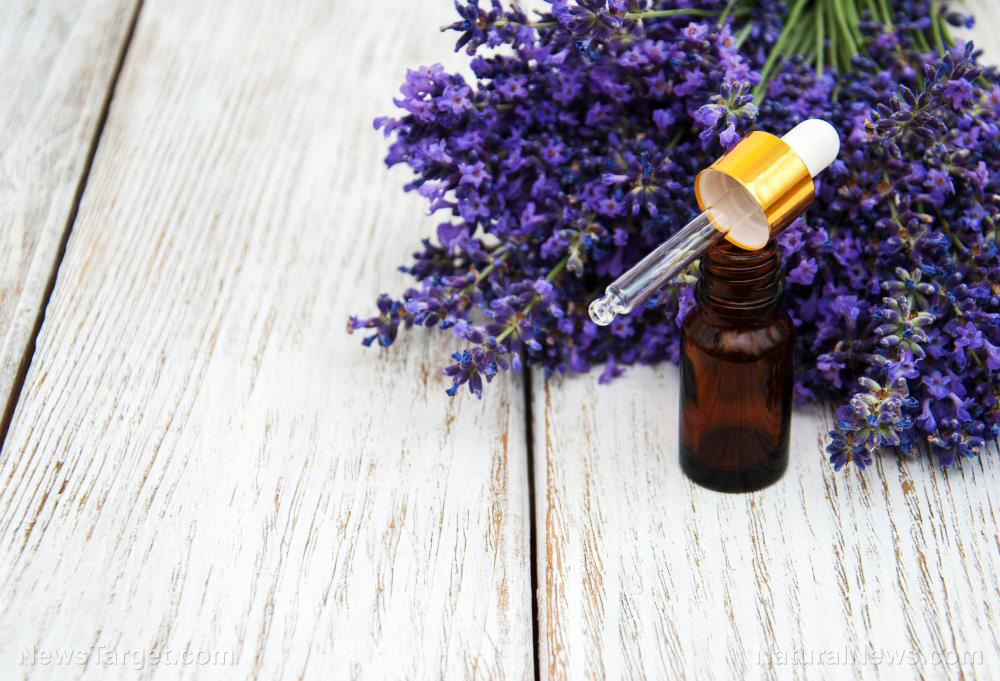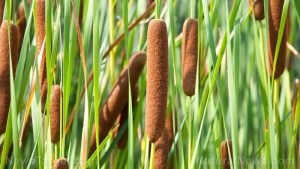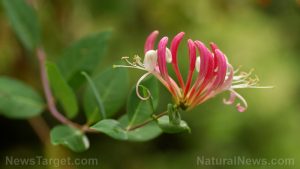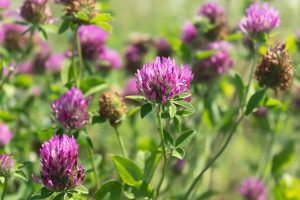
Advertisement
Before the introduction of modern medicine, Native Americans were already using various medicinal plants to treat conditions like burns, infections, stomachaches, or joint pain.
With this in mind, you should consider planting some of the 23 herbs used by Native Americans detailed below. This is especially if you need versatile crops that can be used to make remedies such as poultices or teas.
Ashwagandha
Ashwagandha (Withania somnifera) has several medicinal uses. It can help treat:
- Bone weakness
- Loose teeth
- Memory loss
- Muscle weakness and tension
- Rheumatism
Additionally, ashwagandha can be used as a sedative. Overall, the plant has a rejuvenating effect on the body because it helps improves vitality.
Ashwagandha leaves and root bark can be used as an antibiotic. When made into a poultice, ashwagandha helps reduce swelling and relieves pain.
When ashwagandha is ingested in small doses, such as in herbal tonics with about 450 milligrams to two grams of ashwagandha root powder at a time, the plant can be considered non-toxic. However, in higher doses, the toxicity risk rises.
Bearberry
Bears enjoy snacking on the fruit of the bearberry plant (Arctostaphylos uva-ursi), also called bear grape or uva ursi. Bearberry is used to treat bladder and urinary tract infections (UTIs).
Blackberry
Blackberry (Rubus) can be used to treat an upset stomach.
The following remedies are also made from blackberries:
- Blackberry tea is used to treat diarrhea and relieve swollen tissues and joints.
- Cough syrup made from blackberry root mixed with honey or maple syrup is used to treat sore throats.
- Blackberry leaves are used to treat bleeding gums.
Finally, blackberries can be used to boost your immune system.
Black gum
Mild tea made from black gum (Nyssa sylvatica) bark and twigs can help relieve chest pains.

Cattail
Cattail (Typha) is another edible plant that’s used to make home remedies. For example, the viscous substance between leaves near the base of cattail stalks is used as a topical analgesic for burns and an antiseptic for minor wounds and insect bites.
Meanwhile, a poultice made from cattail root is used to soothe burns, poison ivy, infections and ulcers.
Devil’s claw
Despite the ominous name, devil’s claw (Harpagophytum) actually provides a number of benefits. It can be used to treat arthritis, digestive issues, fever and skin conditions.
Devil’s claw tea can help reduce the symptoms of diabetes. A concoction made from devil’s claw roots reduces swelling and helps treat back pain, gout, headaches, joint disease and sores.
Greenbriar/Greenbrier
The roots of the greenbrier (Smilax), also called greenbriar, can be made into a tea that’s can be used as a blood purifier or for relieving joint pain.
A salve made from greenbrier leaves and bark mixed with hog lard can be applied to burns and minor sores.

Honeysuckle
Honeysuckle (Lonicera) is used as a natural remedy for asthma, hepatitis, mumps and rheumatoid arthritis. The plant is used to treat upper respiratory tract infections like pneumonia.
Hummingbird blossom
Hummingbird blossom (Ceanothus cuneatus) or buckbrush is used to address mouth and throat conditions as well as cysts, fibroid tumors, and inflammation.
Hummingbird blossom can be used to make a poultice for burns, sores and wounds. The plant’s roots are used to make a natural diuretic that stimulates kidney function.
Research suggests that hummingbird blossom offers health benefits when used to treat high blood pressure and lymphatic blockages.
Lavender
Lavender (Lavandula) is commonly used to treat anxiety, depression, fatigue, headaches and insomnia.
Lavender essential oil has antiseptic and anti-inflammatory properties while lavender infusions can be used to relieve insect bites and burns.
Licorice root
Licorice root (Glycyrrhiza glabra) is often used to flavor candies, foods and beverages.
However, it’s also used to make home remedies for bronchitis, chronic fatigue, food poisoning, and stomach issues.

Mint
Drinking mint (Mentha) tea helps relieve digestion problems and an upset stomach. A salve made from mint leaves can soothe itchy skin and rashes.
Mullein
Mullein (Verbascum) is often used to treat respiratory conditions. Concoctions made from mullein roots can reduce swelling in the joints, feet, or hands.
Prickly pear cactus
Prickly pear cactus (Opuntia) is another edible plant with medicinal uses. A poultice made from mature prickly pear cactus pads is used as an antiseptic and as a remedy for boils, burns and wounds.
Prickly pear cactus tea can help treat UTIs and boost your immune system. According to studies, prickly pear cactus helps lower cholesterol and prevents diabetes and diet-related heart disease.

Red clover
Red clover (Trifolium pratense) is used to treat inflammation and respiratory conditions. Studies have found that red clover helps prevent heart disease by improving circulation and lowering cholesterol.
Rosemary
Rosemary (Salvia rosmarinus) is commonly used as an analgesic for relieving sore joints.
The herb helps improve memory, relieves muscle pain and spasm and boosts the circulatory and nervous systems. It can also strengthen the immune system and treat indigestion.
Sage
Sage (Salvia officinalis) is a popular spice but it’s also used in natural remedies for abdominal cramps, bruises, colds, cuts, the flu and spasms.
Saw palmetto
Saw palmetto (Serenoa repens) is used to treat abdominal pain and digestive issues. It can also be used to relieve inflammation and stimulate someone’s appetite.

Slippery elm
Slippery elm (Ulmus rubra) tea made from bark and leaves can relieve respiratory irritations, sore throats, stomach pain and toothaches. The plant is also used to treat skin conditions and spider bites.
Sumac
Sumac (Rhus) is used to treat eye problems. A decoction made from the plant is used as a gargle for sore throats or taken as a diarrhea remedy.
Sumac leaves and berries are used to make tea that helps reduce fever.
Wild ginger
Wild ginger (Asarum) is used to treat earache and ear infections.
Wild ginger tea made from the rootstock stimulates the digestive system and relieves bloating, bronchial infections and nausea.
Wild rose
Wild rose (Rosa acicularis) is used to prevent a mild common cold.
Wild rose tea stimulates the bladder and kidneys and acts as a mild diuretic. A wild rose petal infusion can relieve a sore throat.
Yarrow
Yarrow (Achillea millefolium) is used to make a poultice that helps stop excess bleeding on open wounds and cuts.
Drinking fresh yarrow juice mixed with water helps treat an upset stomach and mild intestinal disorders. Finally, tea made from yarrow leaves and stems can act as an astringent.
Grow medicinal plants like lavender or saw palmetto in your home garden so you can make natural remedies for common ailments like headaches or digestive issues.
Sources:
Advertisements







